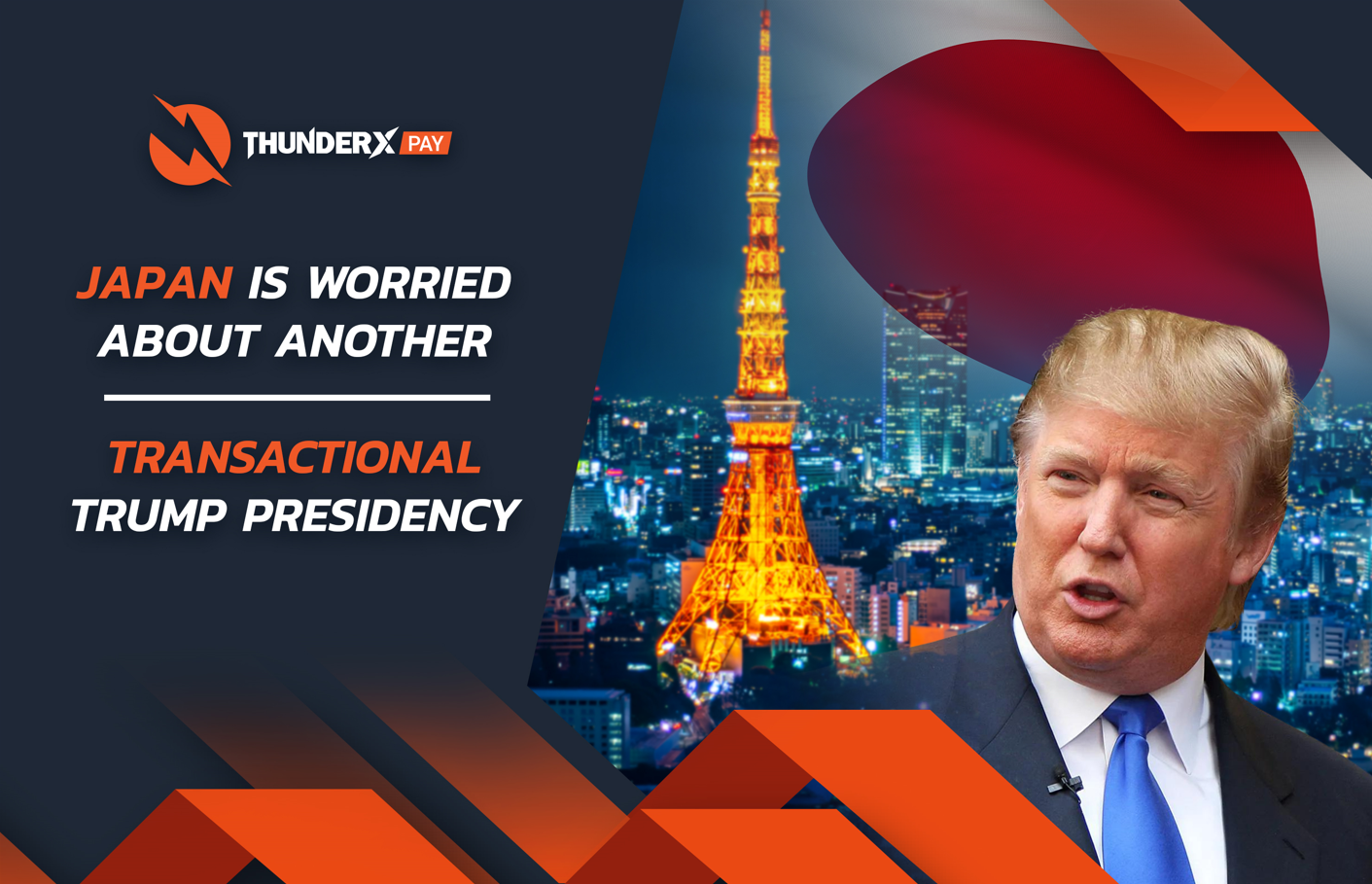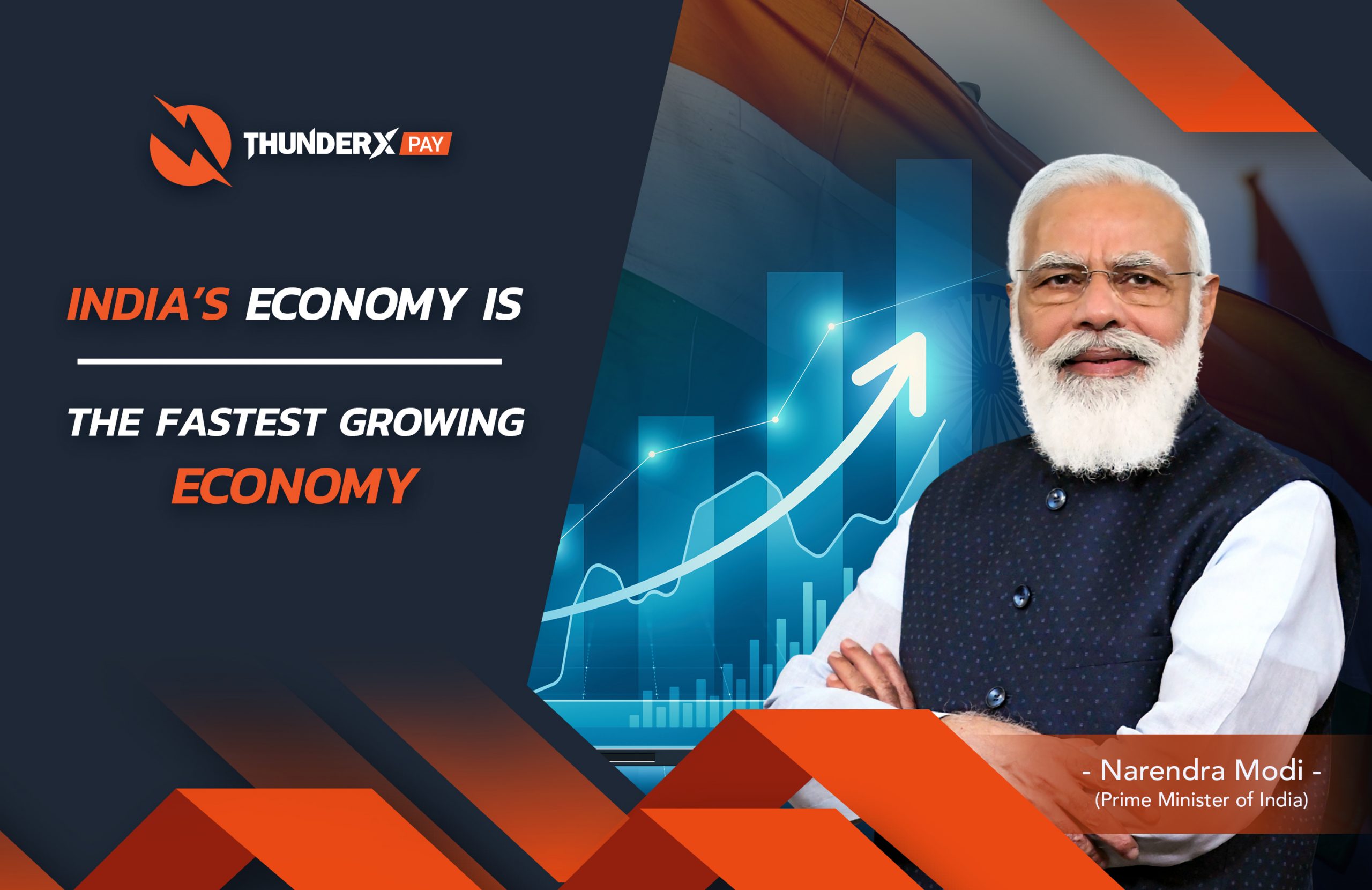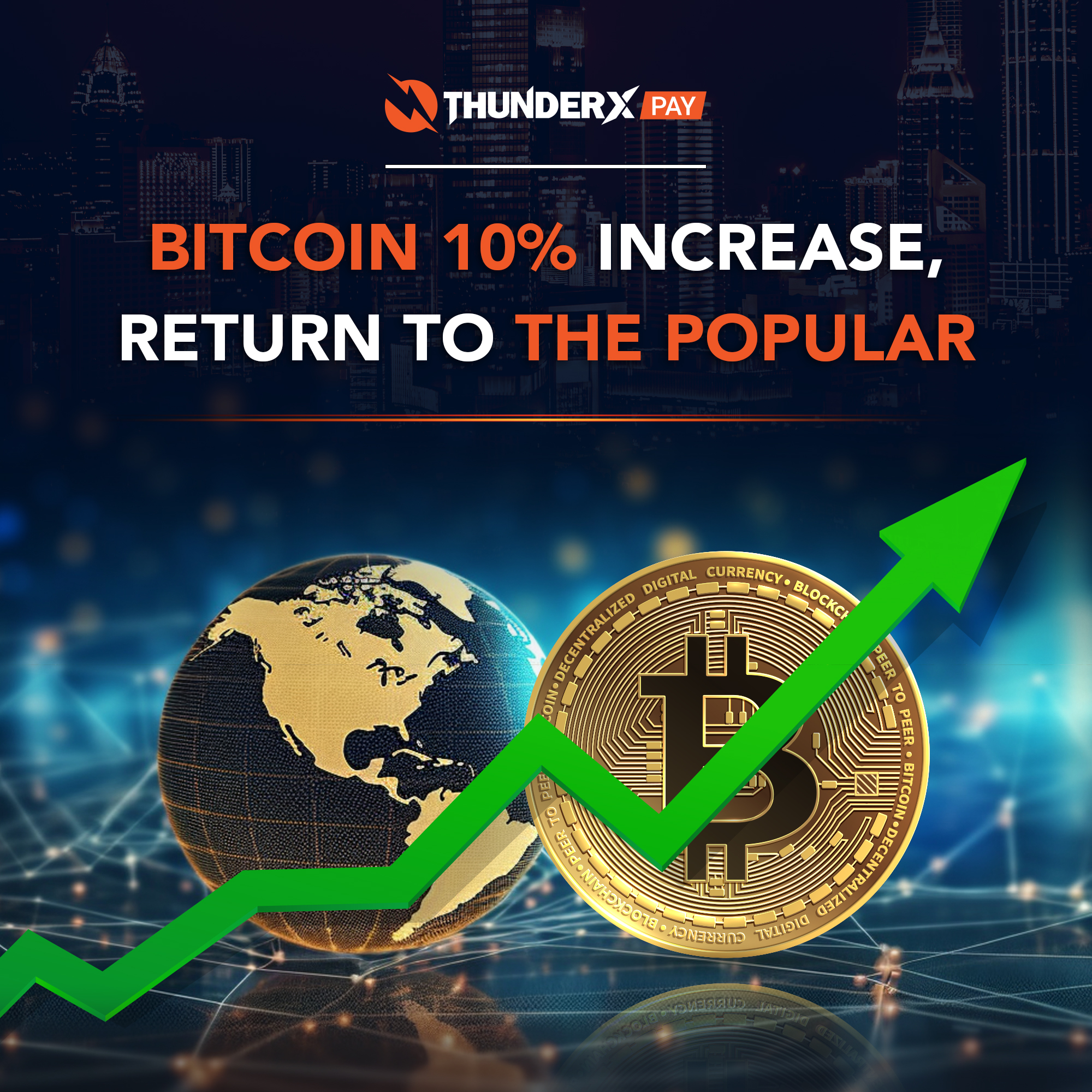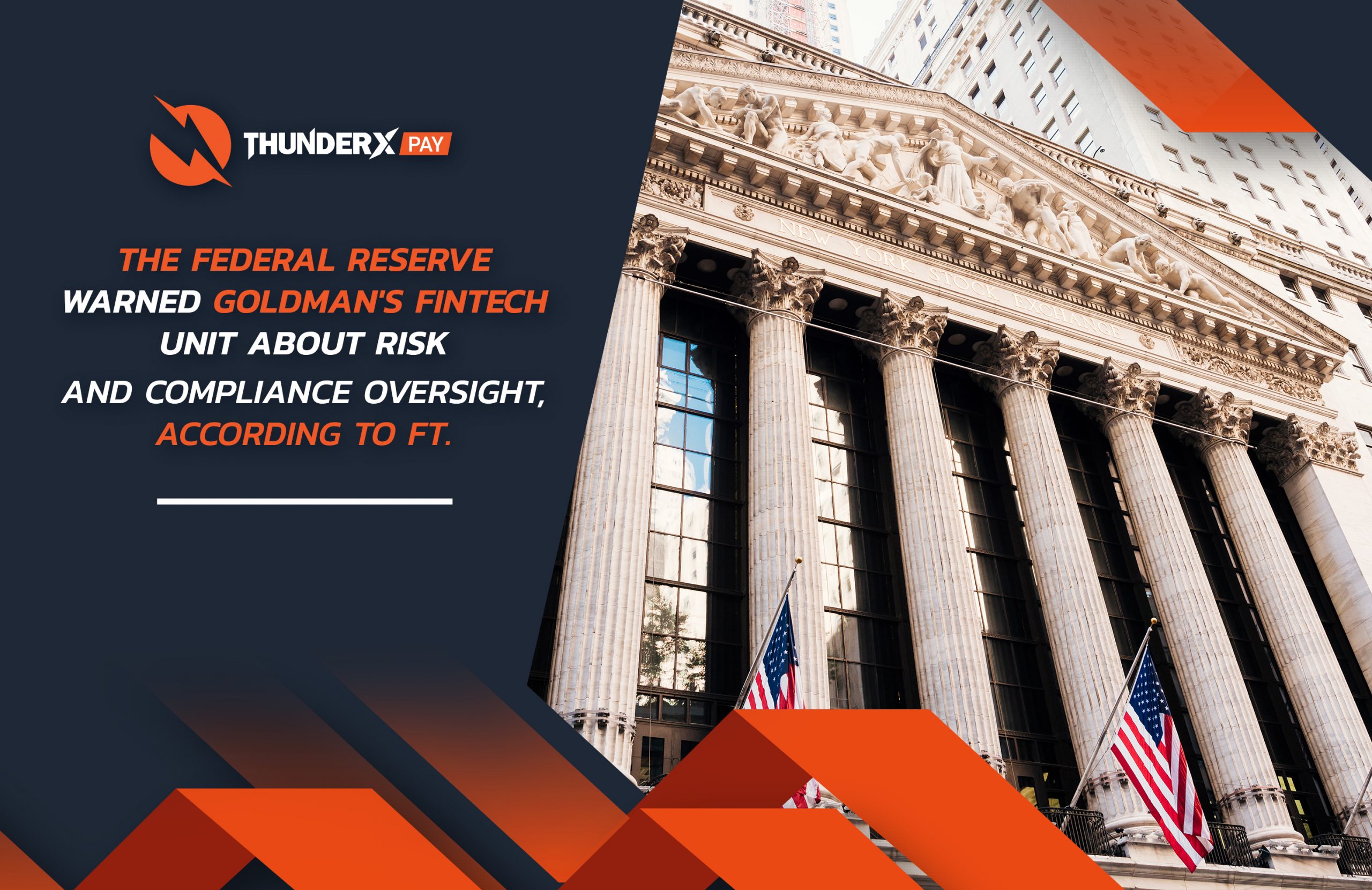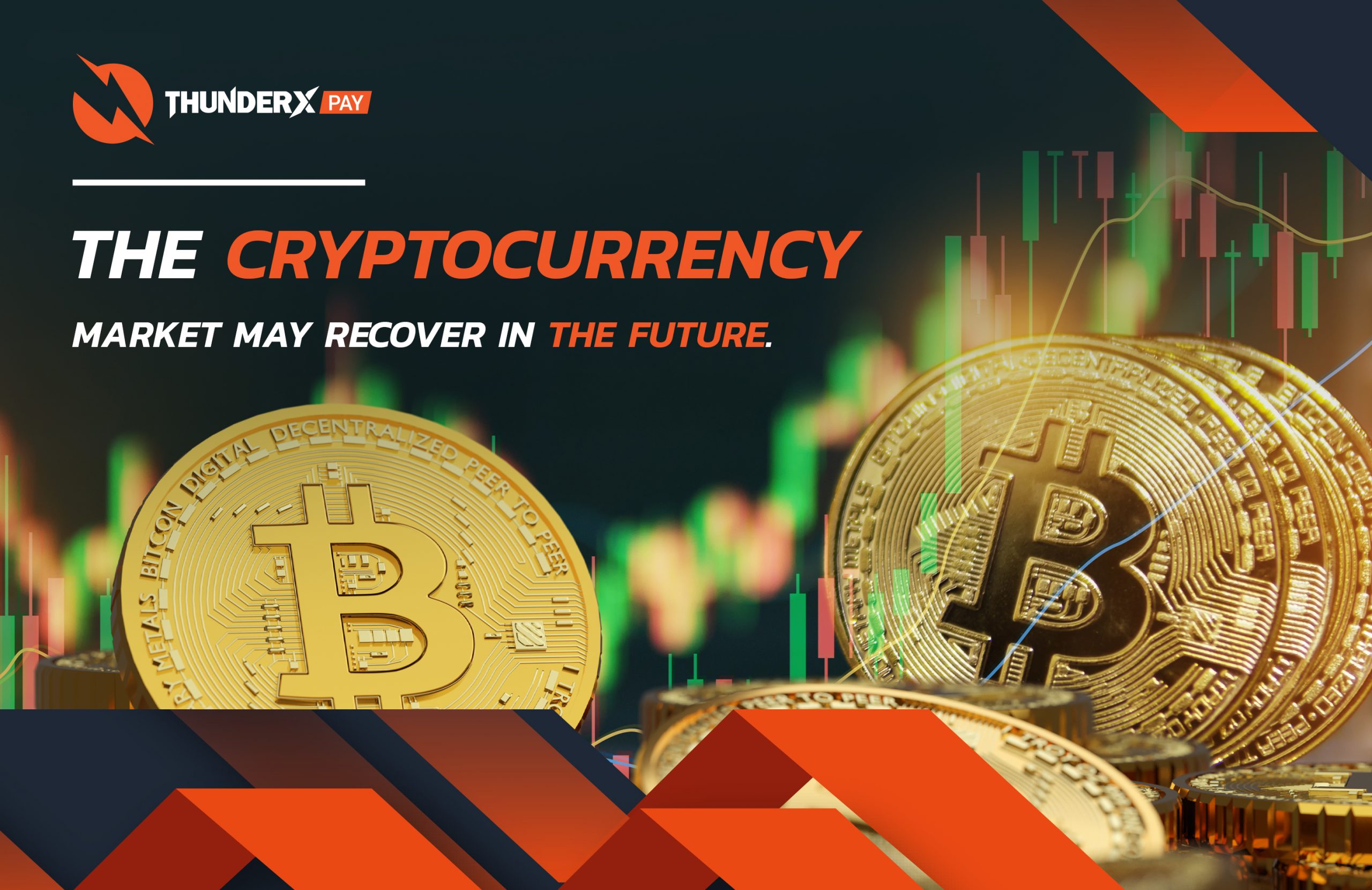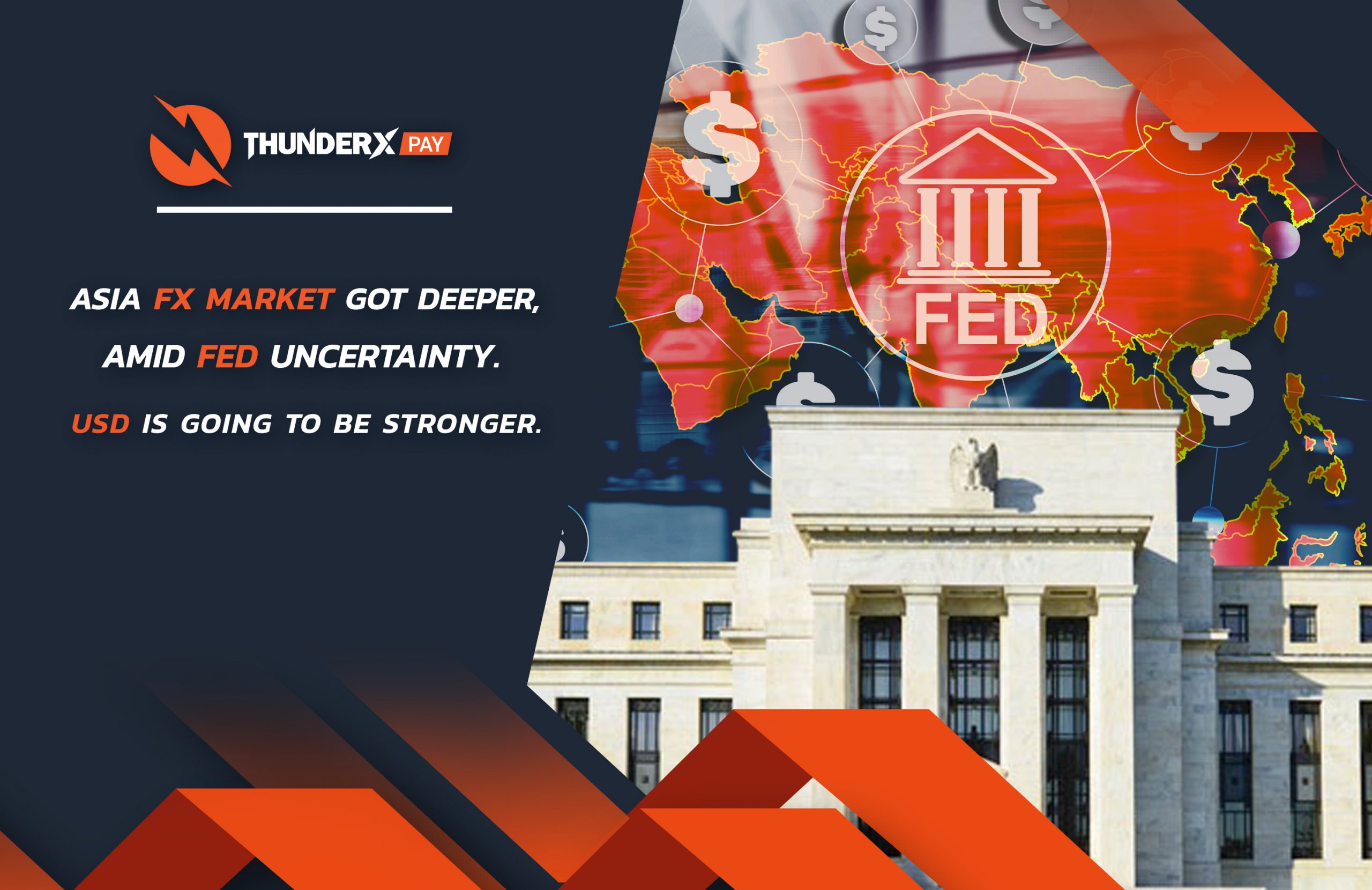
Elon Musk going all-in on Donald Trump ?
Elon Musk and Donald Trump wouldn’t seem to be natural allies. One has made cutting greenhouse emissions a major business selling point. The other questions the need to cut emissions at all, denouncing most forms of clean energy as at best unnecessary and at worst destructive. One wants to move away from fossil fuels and convert all car sales worldwide to electric vehicles. The other believes EVs will be an economic disaster for America and that the nation should produce and burn more oil. Musk is now publicly endorsing Trump’s presidential reelection bid. And the Wall Street Journal, citing people familiar with the matter, reports that Musk is now planning on supporting Trump’s presidential campaign by committing $45 million a month to a new super PAC backing the former president. The donations, if they come to pass, are a significant development in not only the presidential campaign, but also the relationship between the two men, who both have fervent support among millions of fans who stand ready to believe most anything they say. Musk didn’t comment directly on the Journal

